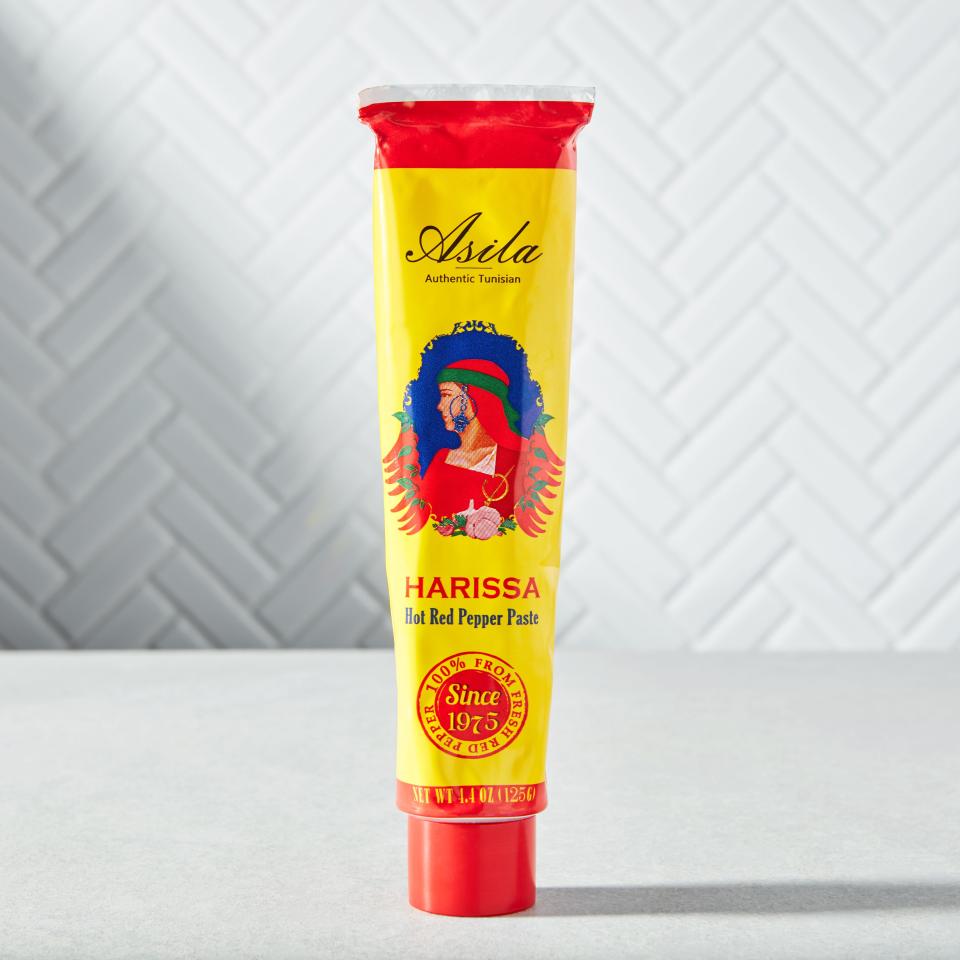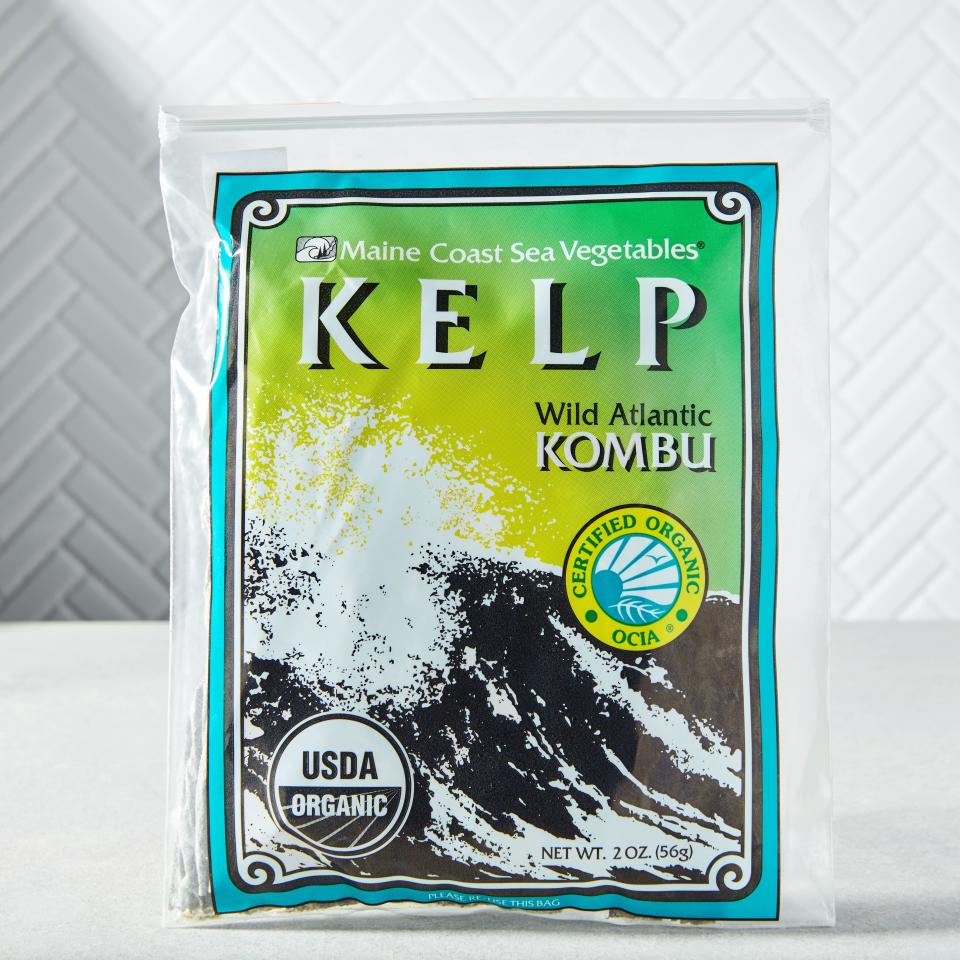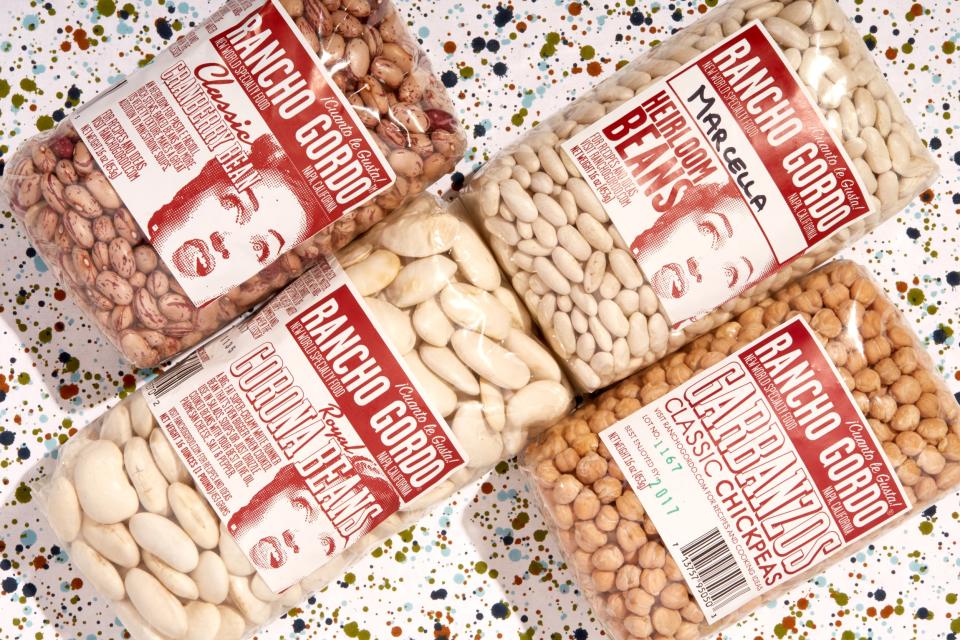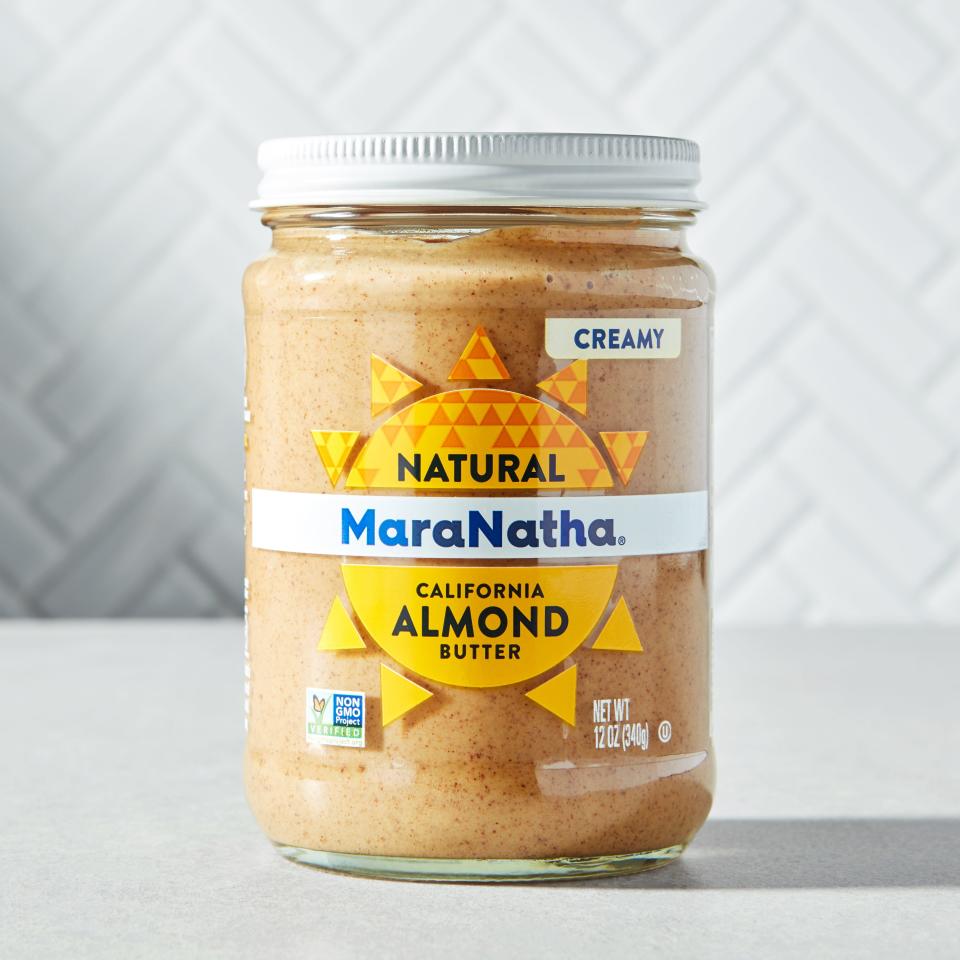Stocking the High-Vegetable, Medium-Fish, Low-Dairy Pantry
When I developed the recipes for the COOK90 cookbook, I was an omnivore. I didn’t think twice about browning bacon, crisping chicken thighs, or utilizing sausage to make fast weeknight dinners. Like all omnivores, I loved the flavor that even a tablespoon of chicken fat or chopped bacon could lend to a dish, and I leaned on those flavors. Frequently.
I didn’t realize just how frequently I leaned on those flavors until I flipped through the book the other week. It was the first time I’d looked at the book since going pescetarian this past year, and it felt odd to flip through a book I wrote and see many recipes that I couldn’t (or, rather, wouldn’t) make anymore, now that I’m trying to eat more sustainably.
Or would I? Bacon is easy to take out of an otherwise vegetarian recipe. The only problem is that it takes a lot of flavor with it. I asked myself: How can I add that flavor back in? And, while I’m at it, what should I do about the protein, if I’m skipping the beef, the pork, the chicken? And have I mentioned I’m trying to lower my dairy intake? But I still want my food to be creamy, obviously.
The answers to these questions are in my pantry. That’s not surprising—so many solutions to the challenges of daily home cooking are found in the pantry, especially if you extend the pantry to include your freezer and fridge. A well-stocked pantry is an insurance policy: with beans and grains in the cupboard, you always have something to make for dinner.
With all of that in mind—and with the beginning of COOK90 just a week away—I attempted to build a more-or-less sustainable, pesceterian pantry. Here’s what’s in it.
Smoke Signals
One of my favorite recipes in the COOK90 book is the Smoky Beans and Greens on Toast. It’s one of those recipes that’s vegetarian when you take out the smoked bacon, but also less smoky and less, just, you know, meaty.

Pescatarian Pantry - Harissa - INSET
Photo by Joseph De LeoFor that recipe and others like it, I rely on other sources for smoky flavor. Smoked paprika is a spice I lean on more and more, and I’ve always had a fondness for chipotle peppers in adobo sauce (though I wish somebody would hurry up and start selling it in a resealable jar or tube). Some varieties of harissa have a little bit of smoke to them, too. And thanks to a genius recommendation from my colleague Maggie Hoffman, I now make sure to stock smoked almonds, too.
Meatless Umami

Pescatarian Pantry - Dried Kelp - INSET
Photo by Joseph De LeoI don’t think I could be pescetarian without miso. I reach most often for white miso, the most mellow miso on the market. But I keep a more intense red miso in the fridge at all times, too. Miso helps add umami to dishes that in my previous life I would have added pork to, such as this kimchi soup. I think a little kelp would be nice in that soup, too, or anywhere else I want a briny-meaty flavor—substituting kelp for bacon in a carbonara is something I plan to try before the year is over.
Speaking of pasta, canned tomatoes are a great source of umami, and their more concentrated cousin, tomato paste, is even more meaty. Soy sauce and tamari are natural umami boosters, as is fermented black bean sauce and fish sauce—all of which, I’m realizing, wouldn’t be bad additions to a tomato sauce.
Pantry Proteins
Beans—all the beans—are the primary source of protein in my pantry. I try to keep a good selection, so that I don’t get sick of one kind. Canned black beans and chickpeas are always in my cupboard, and I have hefty stashes of dry gigante, pinto, and various heirloom beans. I also have all kinds of lentils and dals, and grains (rices, bulgur, wheat berries, etc) to pair with them.
My other primary protein—eggs—lives in the fridge, of course. Nuts live in two places: I go through almonds quickly, so they live on the counter, but I keep my lesser-used nuts, like hazelnuts and walnuts, in the freezer. I pull them out for baking projects, or for big batches of granola (for which I also use oats).

Rancho Gordo Beans La Dolce Vita: Italian Beans Collection
Photo by Danny KimI also like to keep tinned fish around the house, but lately I’ve been cutting back. Sardines and anchovies gained a reputation for being healthy, sustainable choices, but that reputation sort of backfired—now Seafood Watch recommends steering clear of these species due to overfishing concerns. Luckily tuna is still a viable option if you pick a sustainable brand like Wild Planet, which we happen to think tastes the best anyway. If you’re sick of tuna, can I introduce you to mackerel?
Creaminess Without the Cream

Pescatarian Pantry - Almond Butter - INSET
Photo by Joseph De LeoCutting back on dairy is, for me, the hardest part of eating more sustainably. I crave cream and cheese and yogurt, not just because they taste good but because I want the textural experience. Plus, dairy satiates.
Luckily, so does tahini, which I use on almost every roasted vegetable (broccoli, squash, sweet potatoes), and in many baked goods (blondies and granola especially). I also find solace in a quivering block of silken tofu and in lattes made with oat milk, which has replaced whole milk in my fridge. Nut butters are constantly out of stock in my house, because I put them on toast every morning, and will make a peanut butter bowl (that is, a hefty spoonful of peanut butter swooshed on the bottom of a bowl, topped with fruit and/or crispy things like seeds and granola, and finished with honey) any time I need a snack.
And butter? I will be honest—butter and I are still quite close. But I’m learning that cakes baked with olive oil are just as good. And in 2020, I’m keeping coconut oil on hand at all times, not only because I like the flavor (especially in Thai and Indian dishes), but because I’m fascinated by the prospect of butterless pie crust. That’s something I never would have said in 2019. But in 2020, my pantry, and my cooking, look different.
Originally Appeared on Epicurious

